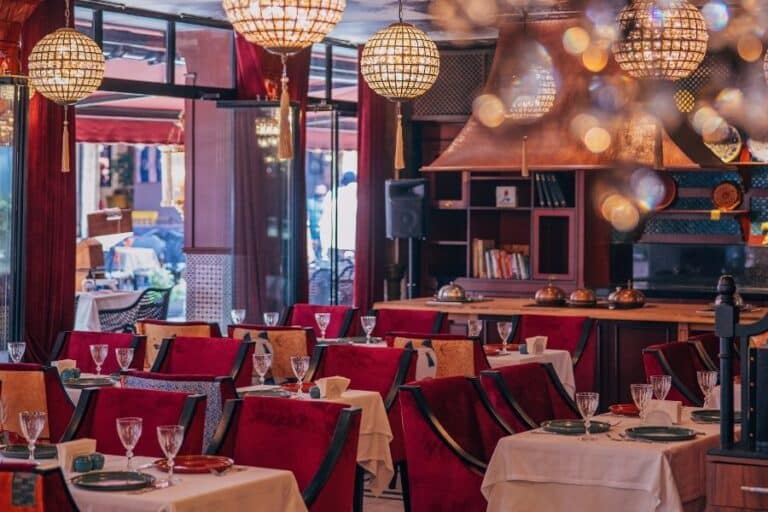The delicious tastes and dishes of the Ottoman cuisine developed under the influence of Anatolia’s fertile lands, historical riches, and many different cultures.
Ottoman cuisine; consists of delicious dishes that have emerged as a result of a unique blend of Turkish, Middle Eastern, and Western cuisine influences. It has been influenced by the Ottoman Empire, the Seljuk Sultanate, the Byzantine Empire, and many other cultures, which have the richest cultures that history has ever seen. The Ottoman Empire, which enabled the peoples living in the lands it ruled to maintain their own cultures, also ensured the mixing of these cultures with each other.
When it comes to Ottoman culture, perhaps the first thing that comes to mind is the Ottoman cuisine culture. We can say that this is the case all over the world. Because Ottoman cuisine is very famous and it is a type of cuisine that attracts worldwide attention.
Ottoman Cuisine Has A Wide Variety Of Foods
The subject of why Ottoman foods are so famous and that they contain many varieties can be explained in a very detailed article. In other words, Ottoman cuisine has unique recipes that will dazzle food lovers. Whether it’s a dinner or a small tea party… it’s possible to find delicious recipes for all of them.
It is unlikely that guests coming to Istanbul from all over the world have tasted any of the Ottoman dishes before. Ottoman dishes are made with their own special recipe and have special names. If you have come to Istanbul and want to meet the Ottoman cuisine, we are waiting for you in Sultanahmet. You will find the best dishes of Ottoman cuisine in the best restaurant of Sultanahmet, Deraliye Ottoman Cuisine.
Ottoman Period Kitchen Features
The unique Ottoman cuisine has a wide variety of flavors to offer. The rich diversity of Ottoman cuisine is intertwined with Turkish cuisine and has left us with countless delicious flavors.
The size of the kitchen in Topkapi Palace, built by Fatih Sultan Mehmet, is 5250 square meters! Palace cuisine became an integral part of the food culture.
In the Kuşhane kitchen, a meal is prepared for the sultan. In the private kitchen, meals are prepared for the council viziers and the people of the harem. In the Valide Sultan kitchen, the distinguished ladies of the harem used to cook.
Meat dishes were of great importance in the Ottoman Empire, and mutton was the preferred dish. Except for mutton, lamb and goat meat were consumed.
Lots of butter, cinnamon, and herbs were used in Ottoman cuisine foods. The fruit was also used in many dishes, the plum was often used in meat dishes.
Ottoman food culture has a wide variety of desserts.
Cherry bread dessert, halva, chicken breast, saray lokması, revani, baklava, gullaç, and ashura (aşure) are the most common desserts. Quince dessert was a very popular dish. Jams were made from melon and watermelon. Boiled fruit and sherbet were sided dishes of main courses and were said to be healing ingredients of sherbet. Apple, mint lemon, saffron, sour grapes, basil, cranberry, poppy, and tamarind sherbets were very popular in Ottoman cuisine. As a medicine, medicinal and soothing fruit casseroles were made from fresh seasonal fruits.
Ottoman etiquette is as lively and interesting as Ottoman cuisine. Family and friends would come together, but they would eat on the floor, not on the table. Meals were served to the sultans on special gold trays.
Ottoman cuisine inspired the world with its vitality and openness to innovations. Today, you can observe the effects of Ottoman cuisine not only in Turkish cuisine but also all over the world. From America to China, from Russia to Africa, from food culture to techniques and dishes, the heritage of Ottoman cuisine lives on.
Ravioli, pies, roasting (boiled meat) are found in many different cuisines. Due to the reputation of Ottoman cuisine, an Ottoman-inspired dinner was even held at the Oscars, the famous movie award ceremony.
The delicious tastes and dishes of the Ottoman cuisine developed under the influence of Anatolia’s fertile lands, historical riches, and many different cultures.








